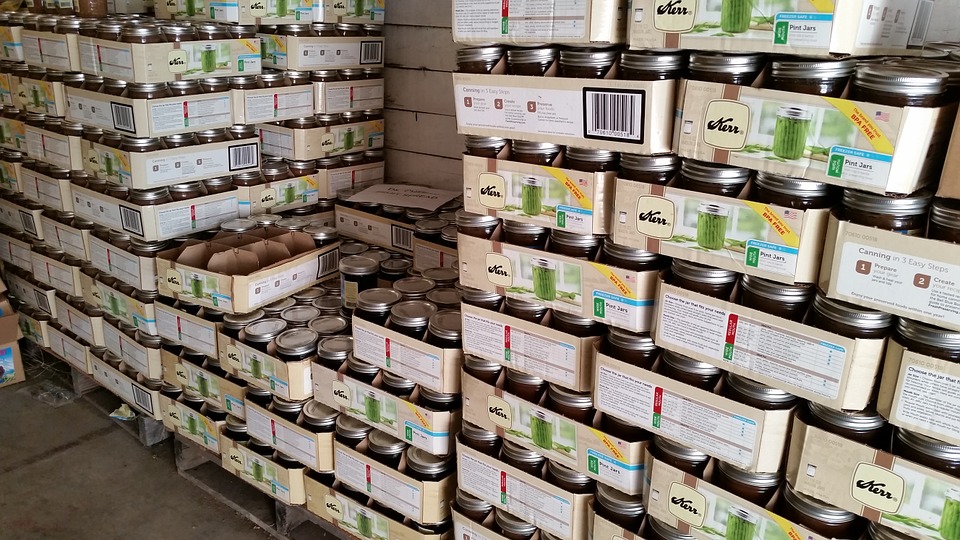It can take a while before food is able to go from the farms to the consumer. The goods are often taken to warehouses along the way while they await packaging and transport to the next destination. This whole process must be handled carefully since the products are perishable and sensitive. If done incorrectly, then they might not be able to last until they reach their final stop. It would be tons of wasted food and millions of dollars down the drain. The health of consumers can be placed in jeopardy as well. Not all warehouses will do because of the nature of the material. Distributors need those that are capable of commercial grade food storage.
Prolonged Shelf Life
With such a facility, the products will be able to enjoy optimum shelf life. They can last longer while looking fresher than ever. Consumers will not be disappointed with what they see when these reach the markets. The colors will remain vivid, not dull. There will be no dark spots that indicate spoilage. Destructive microorganisms will be kept away so that they won’t be able to harm the food. Prolonged shelf life eases the stress on the whole network. Workers will not have to rush to make the deliveries – something which often leads to chaos and errors.
Lot Traceability
Food-grade warehouses will also have a sensible system in place to monitor every section and every container within these sections. This is incredibly important, especially as the size of the facility grows bigger and the number of goods passing through goes higher. Managers must know the status of each lot and be able to locate them in a snap. Lot traceability ensures that nothing gets neglected or forgotten. Those that are taken in first are also the first to be pushed out. Extended stays are avoided and wastage is minimized, if not totally prevented. This is a vital feature that cannot be overemphasized.
Temperature Control
Lastly, the food warehouses must have excellent and varied temperature control options. Most people might think that it is all a matter of freezing everything to the lowest point possible but that is far from reality. Different items will require different forms of handling. If you subject a sensitive food product to freezing temperatures, then it might get irreversibly damaged and virtually unusable. This is exactly what will happen to green leafy vegetables, for instance. They cannot be subjected to extreme cold whether in the farms or in the storage facilities. However, meat will definitely benefit from being frozen as it awaits transport.





